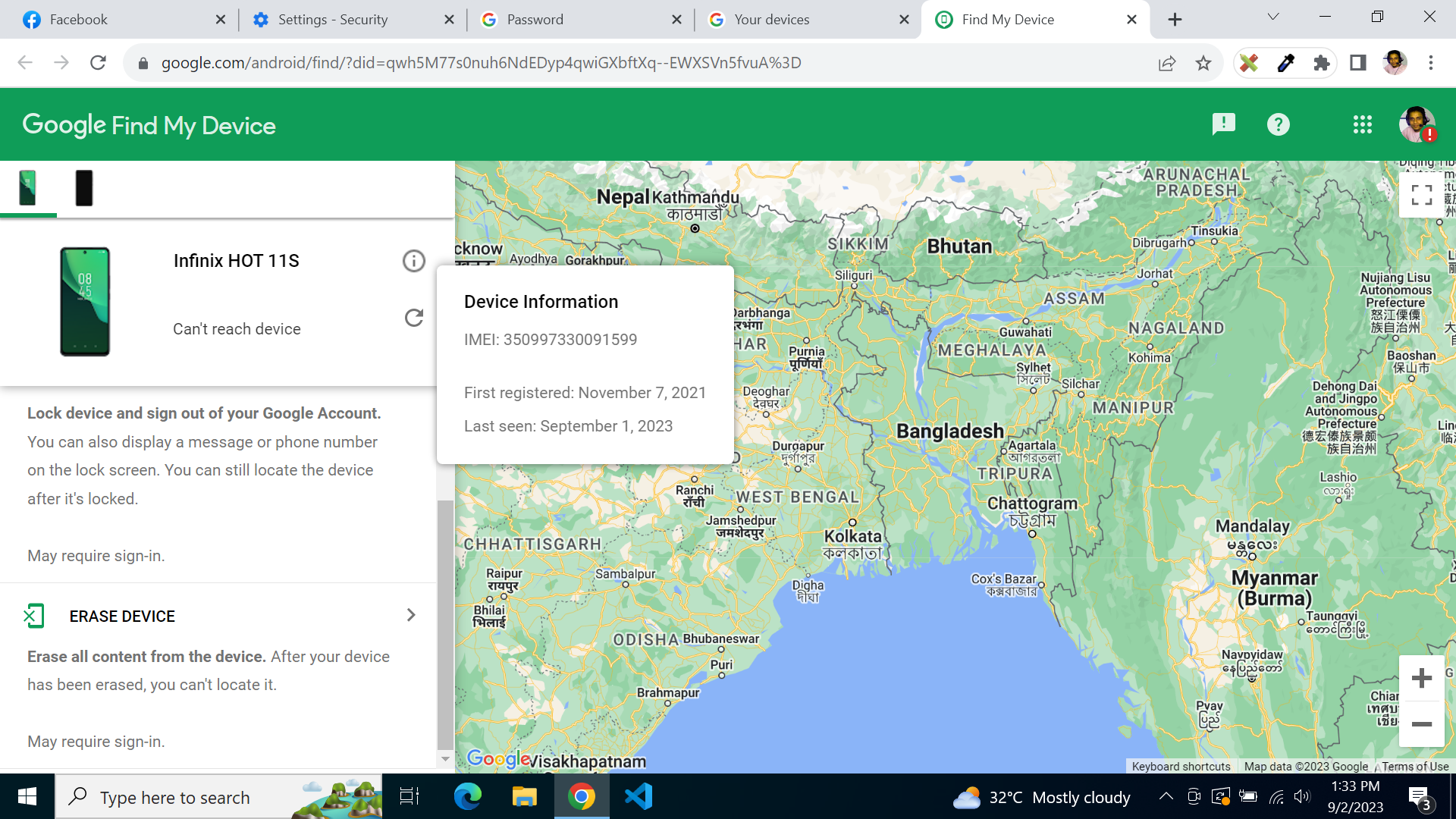The Ultimate Guide to AppSumo: Discover the Best AppSumo Products
Are you a startup founder, entrepreneur, or someone looking for affordable tools to grow your business? AppSumo could be your golden ticket. With a wide array of products tailored to help small businesses thrive, AppSumo offers everything from software solutions to digital tools at discounted prices. In this article, we’ll dive into the world of AppSumo, explore its range of products, and help you navigate the platform for maximum benefit. What is AppSumo? Founded in 2010 by Noah Kagan, AppSumo is an online marketplace that offers lifetime deals on software tools, digital products, and business resources aimed at entrepreneurs, startups, and small businesses. What sets AppSumo apart from other platforms is its unique selling proposition: it curates high-quality products and offers them at discounted prices, often with a lifetime license. The platform works with software creators and companies to offer these products at prices that are typically far lower than their standard market rates. These products can range from tools for social media management to website builders, CRM software, productivity tools, and more. Why Should You Consider AppSumo? AppSumo provides immense value to business owners and entrepreneurs, especially those on a budget or looking to scale quickly. Here are a few reasons why AppSumo is so appealing: How Does AppSumo Work? AppSumo operates similarly to other online marketplaces, but with a specific focus on offering software deals and digital tools for businesses. Here’s how it works: Top AppSumo Products You Should Know About Let’s explore some of the top AppSumo products that have helped thousands of entrepreneurs and businesses scale and optimize their operations. 1. SocialBee: Social Media Management Made Easy SocialBee is one of the most popular AppSumo products. It’s a social media management tool that helps you automate your social media posts, manage multiple accounts, and track your performance. With SocialBee, you can create a content calendar, schedule posts in advance, and keep your social media accounts active without having to spend hours every day on them. 2. Notion: The All-In-One Workspace Notion is another AppSumo product that has gained massive popularity. It’s an all-in-one workspace that helps individuals and teams organize their work, from notes and documents to project management. Notion is highly customizable, allowing you to create databases, task lists, and even full knowledge bases. You can easily integrate Notion with other tools to streamline your workflows and stay organized. 3. Loom: Video Messaging for Teams Loom is an innovative product that allows you to create and share video messages easily. It’s an essential tool for businesses that rely on remote teams and asynchronous communication. With Loom, you can record your screen, webcam, or both, making it perfect for creating tutorials, giving feedback, or having meetings without needing to be in the same room. 4. Trello: Visual Project Management Trello is a simple yet powerful project management tool that uses boards, lists, and cards to organize tasks. It’s especially useful for teams working on collaborative projects. Trello integrates with several other tools, including Google Drive and Slack, making it easy to share documents and communicate within your team. It’s a flexible tool that can be adapted for a variety of use cases. 5. Plutio: All-in-One Business Management Tool Plutio is a powerful all-in-one business management tool that combines project management, time tracking, invoicing, and CRM features. It’s a great tool for freelancers and small businesses who need a comprehensive solution without using multiple platforms. How to Find the Best Deals on AppSumo? If you’re looking to get the most out of AppSumo, here are a few tips on finding the best deals: 1. Sign Up for AppSumo’s Newsletter AppSumo regularly updates its subscribers about new deals and offers. By signing up for their newsletter, you’ll be the first to know about upcoming discounts, limited-time offers, and exclusive products. 2. Check for Daily or Weekly Promotions AppSumo often runs time-sensitive promotions or limited-time deals, so it’s worth checking the platform regularly to grab the best offers before they expire. 3. Use Filters to Narrow Down Your Search AppSumo offers a wide range of products, so it can be overwhelming at times. Use the built-in filters to search for products that fit your needs, whether you’re looking for marketing tools, productivity apps, or design software. 4. Look for Lifetime Deals One of the most appealing features of AppSumo is its lifetime deals. Many of the products offered on the platform come with lifetime access, which means you only need to make a one-time payment. This can be a great long-term investment for your business. Conclusion AppSumo is a powerful platform that offers incredible deals on software and digital products that can help businesses grow and succeed. Whether you’re a startup looking for affordable tools or an entrepreneur trying to streamline operations, AppSumo has something for everyone. With its curated selection of products, lifetime deals, and discounts, it’s a marketplace that should be on your radar. Start browsing AppSumo today and take advantage of the best deals on business tools and software. From social media management to project management and productivity tools, there’s something for every business need.





